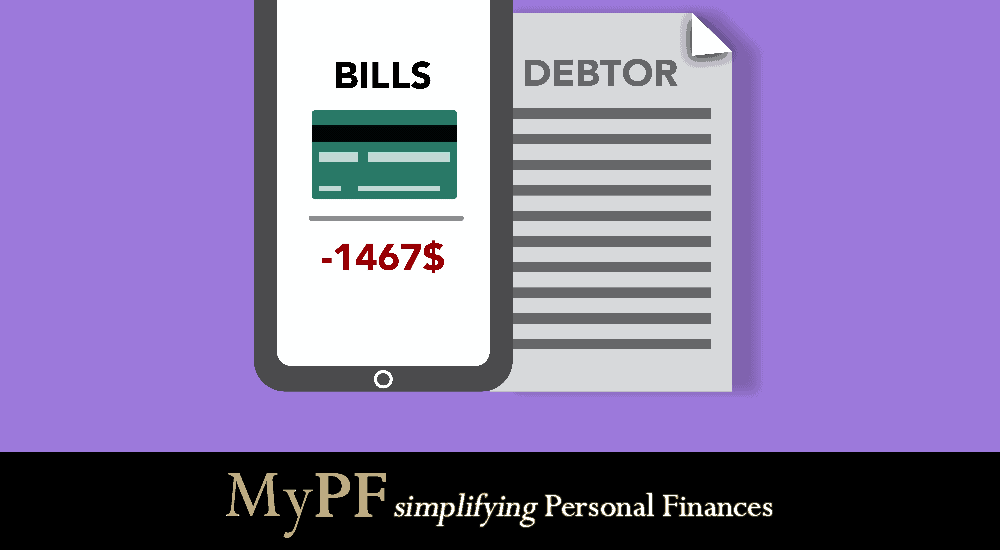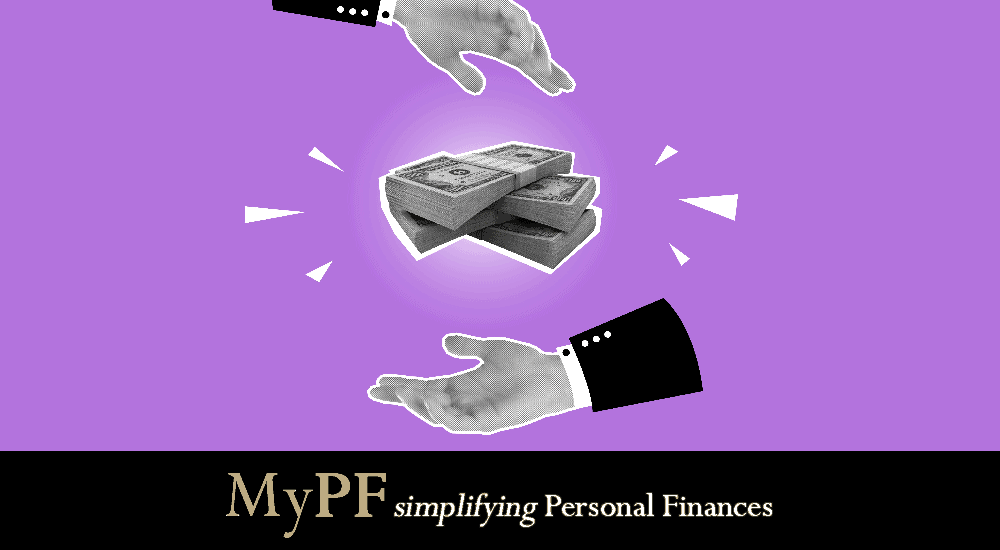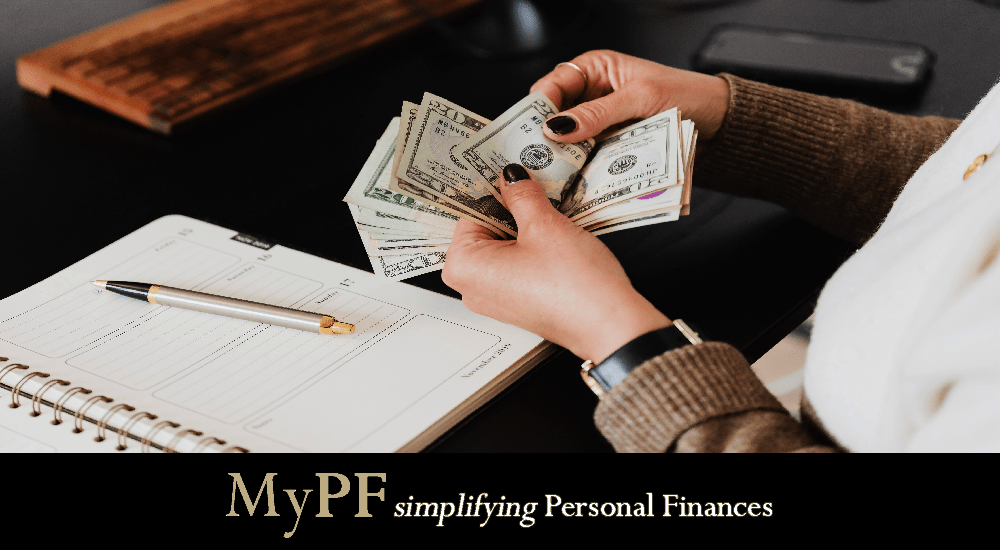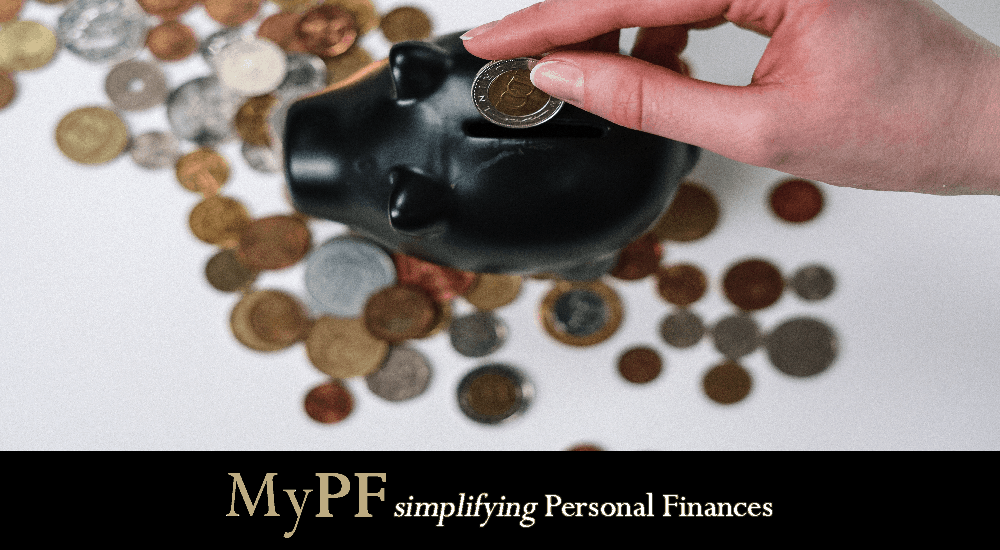Having a lot of debts can be a headache. How would you devise plans to tackle them?
Everyone who has even a small amount of debt must make plans to manage it, to avoid debt from going off the rails.
Staying on top of your payments is easier said and done especially if you have been accumulating more and more.
To simplify matters, let’s look at things step by step.
Contents
Step #1. Be Aware of Your Debt
Make a list of all your debts, including the creditor, the total amount outstanding, the minimum monthly payment required, the interest rate, and the payment schedule. Crosscheck this with what is on your credit report to ensure you’ve captured every debt.
With all your liabilities in front of you, you will be able to see the big picture and this will better help you in the next steps.
Do make an effort to review this list on a regular basis and update it. Keep an eye on which debt grows and which reduces as you work on your plans to stay on top of your whole debt situation.
Step #2. Prioritize Which Debts to Pay Off First
Not all debts are created equal. Sort your list and arrange your debt by interest rates and by amount owed.
The debt avalanche method calls for making minimum payments on all your debts, then using any leftover cash to pay off the debt with the highest interest rate. Usually, credit cards have much higher interest rates compared to bank loans so those typically are the ones you should be looking at first. While the debt avalanche method does not give you any easy wins early on, it definitely helps control the mountain of debt from continuing to skyrocket.
An alternative is the debt snowball method. This calls for also making minimum payments on all your debts, but use your leftover cash to pay off the debt with lowest outstanding balance. While it may cost a bit more in the long term, paying off lesser bills early will help you feel more confident.
Notice that with both methods you are still required to make minimum payments on all your debts? While doing so may not get you any closer to paying off any debt, it does help your credit score gain better standing while keeping late-payment fines at bay.
Look at your list of debts and determine for yourself which method works best for you.
In the meantime, stop using credit cards and do not apply for any other high-interest loan. There is no point in trying to cut down your mountain of debt while also building it up at the same time.
Step #3. Make a Monthly Bill Payment Schedule.
Now that you have sorted out your debt-management priorities, you should take action to ensure your payments are scheduled.
On your calendar, mark when you usually get paid. Cross-checking your debt list, identify which minimum payments you can commit to paying off each time you are paid. If you are paid once a month, then you best not stagger your minimum payments and instead do it in one go.
It’s best to set up auto-transfers with your bank to ensure these payments are made. This helps prevent “oops, I forgot!” moments.
If auto-transfers are not for you, then utilize technology and create reminders on your phone or PC that can notify you X number of days before the payment is due so you can make payments immediately. Don’t wait till the exact due date to do so in case you miss it by accident.
Making a schedule in this manner can help you pay your bills in a timely manner. Because each missed payment incurs a late fee, missed payments make it more difficult to pay off your debt.
By the way, if you do miss a payment, do pay it immediately rather than waiting until the next due date otherwise, a credit agency may report you. Transfer your money immediately as you notice you have forgotten about it.
Step #4. Change Your Habits
By following the previous steps, you likely have some grasp on your debt and have figured out how to make repayment manageable. However, you really must ask yourself – How did I end up in debt in the first place?
Firstly, decide whether you are facing good debt or bad debt.
Secondly, consider whether your situation is due to uncontrolled spending. It is indeed easy to persuade yourself that you “must” to buy a new television or take a trip. The reality is that there are not many genuine needs in life. Food, shelter, clothing, transportation, and other necessities are required. For example, you want steak, a good suburban home, fashionable labels, and a fancy car.
Thirdly, consider whether your situation was due to a sudden financial drain, perhaps due to an unexpected event such as a medical crisis requiring pricey treatment.
You know yourself best. Look back at your past choices and think about what you might have done differently, why, and what would you do if faced with similar choices in the coming future?
For example, if your situation happened due to an unexpected financial drain, then put aside an emergency fund as your backup plan to help you if a similar situation recur. This requires you to calculate how much you should set aside regularly and to what target amount. It may even mean you have to forego small luxuries in your day in order to save even the tiniest bit that may one day prove to be your safety net.
Step #5. Recognize the Signs for Help and Seek Support
If, despite following all these steps, you find that you are still having trouble paying your debts and other payments monthly, you need to seek professional assistance.
One option is to consult credit counselling service like AKPK (Counselling and Debt Management Agency) or any other Malaysian debt management firm.
Another option is to engage a licensed financial planner who have the knowledge and experience to advise you on debt management solutions that best fit your current financial situation.
Conclusion
Debts are not always bad (and sometimes debts can be beneficial), but poor debt management is. It is important that you learn to manage your debts rather than let your debts manage you. With these simple steps, you can get ahead of your debt and have an easier ride towards financial freedom.
What are your strategies to tackle your debts?
Signup for a MyPF membership and get connected to a licensed financial planner.










Leave A Comment